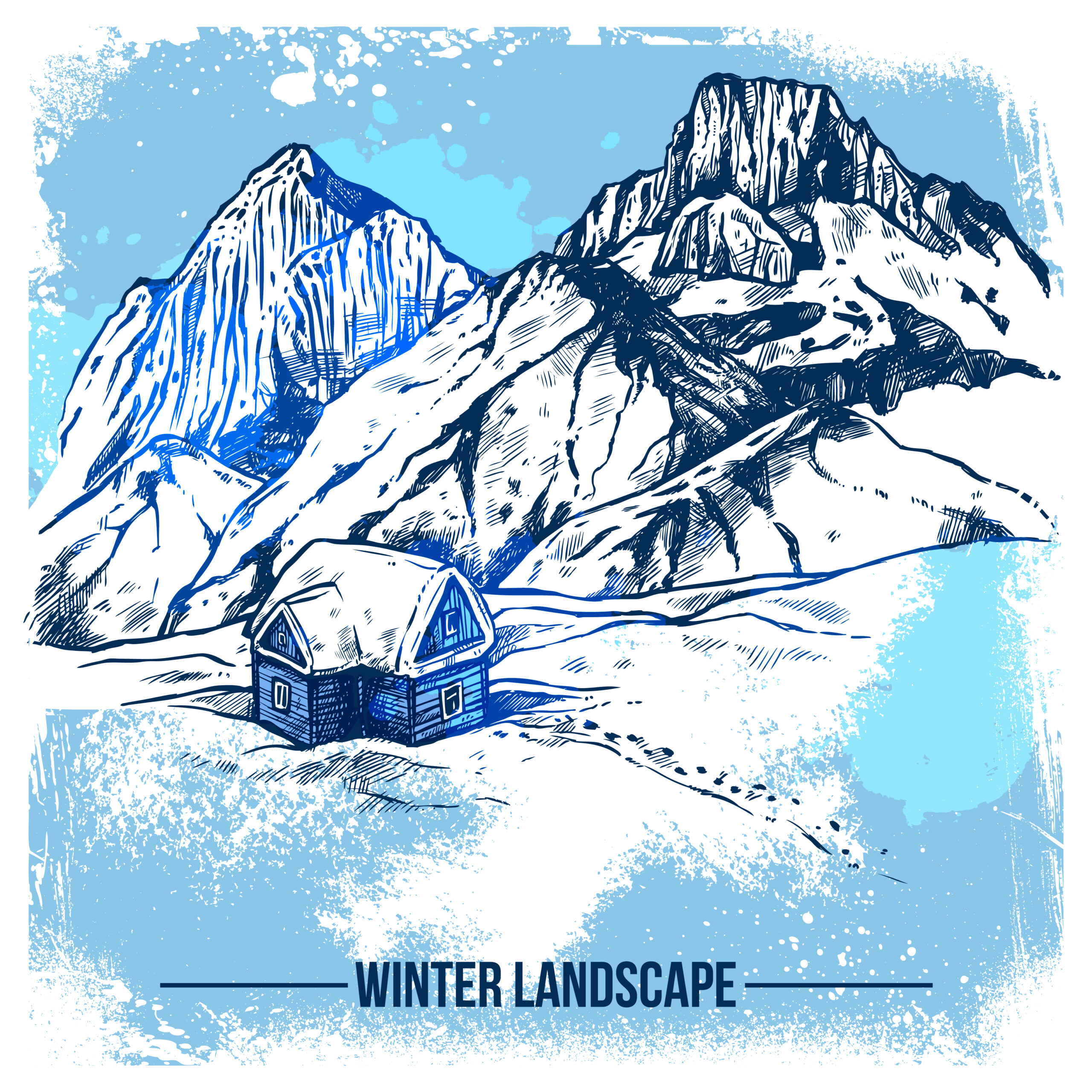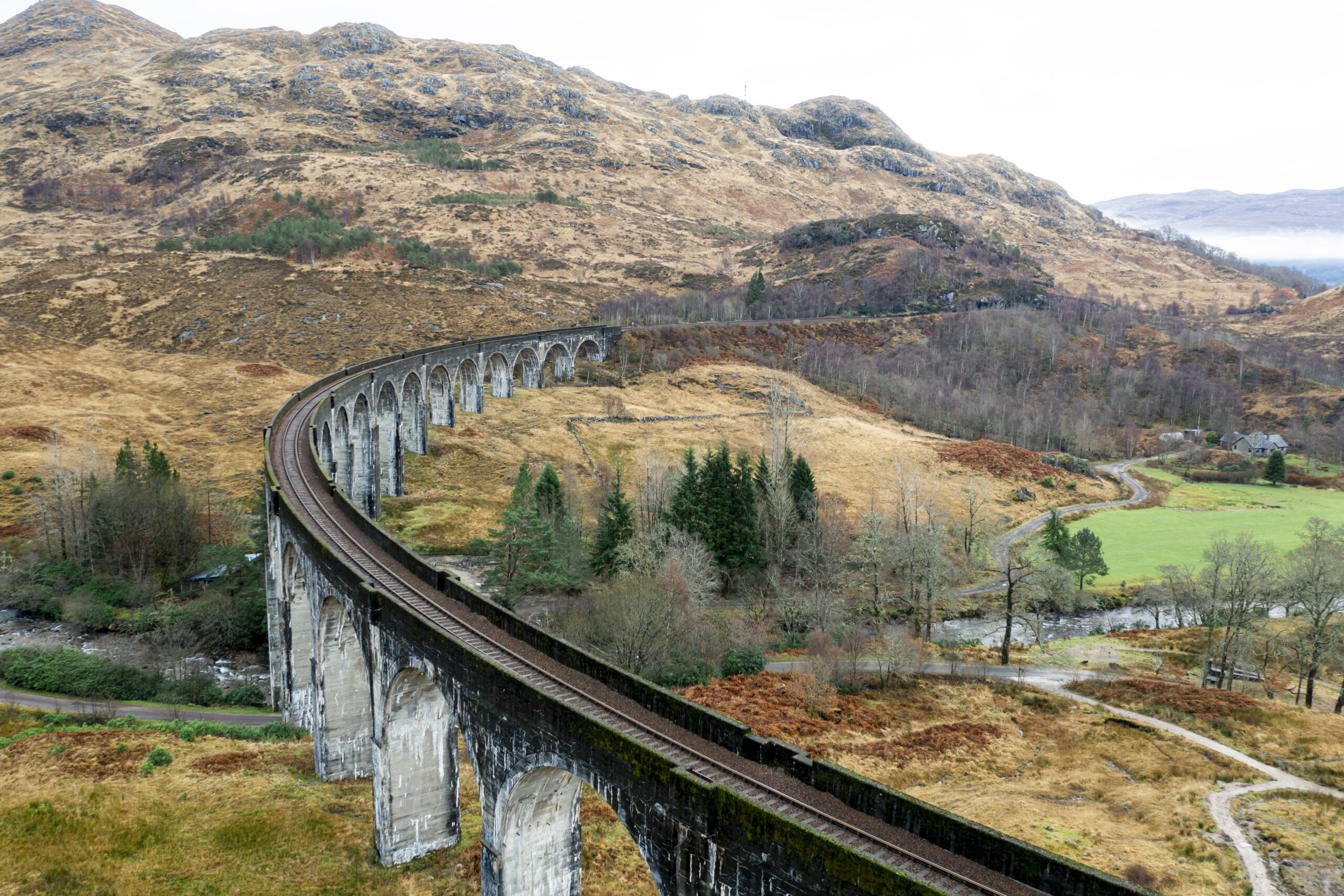When it comes to iconic British landmarks, few natural features are as impressive or beloved as Snowdon. Standing proudly as the highest mountain in Wales, snowdon facts range from its geological formation millions of years ago to its current status as one of the UK’s most visited natural attractions. At 1,085 meters (3,560 feet) above sea level, this magnificent peak dominates the landscape of Snowdonia National Park and has played a significant role in Welsh culture, history, and identity for centuries. Known as Yr Wyddfa in Welsh, which translates to “the tumulus” or “burial place,” the mountain is steeped in legend and lore. From its unique alpine ecosystem that hosts rare plants found nowhere else in Britain to its challenging yet accessible hiking routes, there are countless interesting facts about snowdon that make it worthy of attention. Whether you’re planning a visit, preparing for a school project, or simply curious about this natural wonder, this comprehensive guide will take you through everything worth knowing about this magnificent Welsh mountain.
General Mountain Statistics
When examining mount snowdon facts, it’s important to understand the physical characteristics that make this peak so significant. As the highest mountain in Wales and England, Snowdon stands at 1,085 meters (3,560 feet) above sea level, making it taller than any point in England but shorter than several mountains in Scotland. Geologically, Snowdon was formed approximately 450-500 million years ago during the Ordovician period, when volcanic activity shaped much of what would become Wales.
Key Statistical Facts:
- Height: 1,085 meters (3,560 feet)
- Location: Snowdonia National Park, Gwynedd, North Wales
- Coordinates: 53°4′6.59″N 4°4′34.43″W
- Mountain range: Snowdon horseshoe
- Age: Approximately 450-500 million years (Ordovician period)
- Summit area: Approximately 18 acres
- Average temperature: 5°C (41°F) at the summit, approximately 10°C cooler than at the base
- Annual visitors: Estimated 500,000+ people annually
The mountain’s prominence (the height of a mountain relative to the surrounding landscape) is 1,039 meters, which is particularly impressive and contributes to its commanding presence in the region. In terms of classification, Snowdon qualifies as a Marilyn, Hewitt, Nuttall, and historic county top – designations used to categorize significant peaks in the British Isles based on various height and prominence criteria.
Among snowdon mountain facts, perhaps most notable is that it forms part of the Snowdon Massif, a group of mountains created by volcanic processes and later sculpted by glaciation during the last Ice Age. This glacial activity carved out several dramatic features, including cwms (cirques) and knife-edge arêtes like Crib Goch, creating the distinctive rugged landscape we see today. The mountain also contains several small lakes (or tarns), with Glaslyn being the most famous, sitting in a dramatic setting below the summit.
Historical and Cultural Significance
The rich tapestry of facts about mount snowdon extends far beyond its physical characteristics into the realm of history, mythology, and cultural significance. For centuries, this imposing peak has been woven into the fabric of Welsh identity and folklore, serving as both a physical landmark and a symbol of national pride.
Welsh Name and Etymology
The Welsh name for Snowdon, “Yr Wyddfa,” translates to “the tumulus” or “burial place,” reflecting ancient legends that claim the mountain is the burial site of the giant Rhita Gawr. According to Welsh mythology, this fearsome giant wore a cloak made from the beards of kings he had killed, before being defeated by King Arthur and buried under a cairn of stones on the mountain’s summit.
Literary and Artistic Inspiration
The mountain has inspired countless poets, writers, and artists throughout history. The Romantic poet William Wordsworth wrote about Snowdon in his autobiographical poem “The Prelude,” describing a midnight ascent and the profound spiritual experience it provoked. Similarly, Welsh poets have long used Yr Wyddfa as a metaphor for endurance, beauty, and national character.
Royal Connections
Among the interesting facts about snowdon are its royal associations. In 1284, Edward I celebrated his conquest of Wales by holding a feast on the summit. More recently, in 1969, Snowdon was the location for the investiture of Prince Charles as Prince of Wales at Caernarfon Castle, which lies in the shadow of the mountain.
Industrial Heritage
The slopes of Snowdon bear witness to Wales’ industrial past, with remains of copper mining operations dating back to the Bronze Age. More extensive mining took place during the 18th and 19th centuries, with numerous copper and slate mines operating on the mountain’s flanks. These industrial relics now form part of the area’s UNESCO World Heritage status application, representing a crucial chapter in Welsh economic history.
The mountain also played a role in scientific history – in the 1880s, the summit building was used as a meteorological observatory, providing valuable data about mountain weather conditions. This scientific legacy continues today, with the mountain serving as an important site for ecological and climate research, helping scientists understand how mountain environments respond to changing conditions.
Wildlife and Environment
Among the most captivating facts about snowdon is its unique ecosystem that supports rare plants and animals that have adapted to its harsh mountain environment. The mountain’s varied habitats – from lowland woods to high-altitude rocky terrain – create distinct ecological zones that change with elevation.
Rare Flora
Snowdon is home to the Snowdon lily (Gagea serotina), one of Britain’s rarest plants. This delicate arctic-alpine species survived the last Ice Age and now grows in only a few isolated spots on the mountain’s highest and most inaccessible cliffs. Other botanical treasures include:
- Snowdon hawkweed (Hieracium snowdoniense) – found nowhere else in the world
- Purple saxifrage (Saxifraga oppositifolia) – one of the first alpine plants to flower
- Moss campion (Silene acaulis) – forms distinctive cushions on rocky ledges
- Alpine meadow-grass (Poa alpina) – a grass species rare in the UK
Notable Fauna
The mountain provides habitat for several noteworthy animal species:
- Snowdon rainbow beetle (Chrysolina cerealis) – a critically endangered insect found only on Snowdon
- Peregrine falcons – nesting on inaccessible cliff faces
- Wild goats – descendants of feral domestic goats, adapted to mountain life
- Ravens – these intelligent birds perform acrobatic displays around the summit
- Ring ouzels – threatened mountain blackbirds that migrate from North Africa
One of the fun facts about snowdon involves its weather patterns – the mountain creates its own microclimate, often trapping clouds around its peak even when surrounding areas are clear. This phenomenon, known locally as “Snowdon’s hat,” contributes to the often wet conditions that help sustain its unique plant life. The mountain receives approximately 4,500mm (177 inches) of rainfall annually – over five times the UK average!
Environmental protection has become increasingly important, with several conservation initiatives in place. In 1951, Snowdon became part of the first national park in Wales, Snowdonia National Park, providing legal protection for its landscapes and wildlife. Portions of the mountain are also designated as a National Nature Reserve and Site of Special Scientific Interest (SSSI), recognizing its environmental importance and ensuring its preservation for future generations.
Family-Friendly Facts and Activities
When sharing snowdon facts for kids, it’s important to present information in an engaging way that captures young imaginations while still being educational. Children are often fascinated to learn that Snowdon is actually a dormant volcano that last erupted about 450 million years ago, making it older than many dinosaurs!
Kid-Friendly Fun Facts
- Snowdon is tall enough that if you stacked 10 Big Bens on top of each other, they still wouldn’t reach its height
- The mountain grows approximately 0.1mm every year due to tectonic movements
- On a clear day, you can see four countries from the summit: Wales, England, Scotland, and Ireland
- If you laid all the visitors who climb Snowdon each year end to end, they would stretch from London to New York
- The temperature at the summit is typically 10°C cooler than at the base – that’s why snow often remains on top when it’s sunny below
- Snowdon appears in the Harry Potter films as a filming location for dramatic landscape scenes
Family Activities on and around Snowdon
The mountain area offers numerous activities suitable for families with children of different ages:
For Younger Children (4-8):
- Ride the Snowdon Mountain Railway – no hiking required
- Visit Llyn Padarn and enjoy the lakeside beach
- Explore the National Slate Museum with interactive exhibits
- Spot wildlife on gentler trails around the mountain’s base
For Older Children (9-12):
- Attempt a partial hike on the Llanberis Path (perhaps to the Halfway House)
- Try the “Find the Summit Animals” challenge – spotting birds and insects
- Visit the summit building, Hafod Eryri, to learn about mountain history
- Participate in guided “Junior Ranger” activities offered by the National Park
Among the most fun facts about snowdon for children is the legend of the Afanc, a lake monster said to have once lived in Glaslyn, one of Snowdon’s mountain lakes. According to Welsh folklore, this creature caused flooding until it was captured and dragged away by Hu Gadarn’s oxen. Stories like this help connect children to the mountain’s cultural heritage while sparking their imagination.
For educational purposes, the mountain offers natural lessons in geography, geology, history, and environmental science. Many schools organize field trips to Snowdon, and educational resources are available from the Snowdonia National Park Authority to help teachers and parents make the most of visits with young learners.
Tourism and Recreation
Tourism forms a crucial component of snowdon facts, with the mountain attracting over 500,000 visitors annually, making it one of the UK’s most visited natural attractions. This popularity stems from its accessibility, spectacular views, and the variety of experiences it offers to people of all ages and abilities.
Snowdon Mountain Railway
One of the most distinctive features of Snowdon is its mountain railway, which has been operating since 1896. This rack and pinion railway carries passengers on a 4.7-mile journey from Llanberis to the summit, climbing a total of 3,140 feet. Interesting statistics about the railway include:
- It’s the only public rack and pinion railway in the UK
- The journey takes approximately 2.5 hours round trip
- Original steam locomotives from 1896 still operate alongside modern diesel engines
- The railway carries approximately 140,000 passengers annually
- The track gradient reaches 1 in 5.5 in some places, making it one of the steepest railways in Britain
Summit Building: Hafod Eryri
The mountain’s summit building, Hafod Eryri (meaning “summer dwelling on Snowdon” in Welsh), opened in 2009, replacing an earlier structure dating from 1935. This modern, award-winning facility includes:
- A café serving hot food and drinks
- Interactive displays about the mountain’s geology and wildlife
- Panoramic windows offering views across Wales
- A summit marker indicating the highest point in Wales
- Inscriptions of Welsh poetry in the walls and windows
The building is entirely powered by renewable energy and constructed to withstand extreme weather conditions, including winds exceeding 150 mph and temperatures as low as -20°C.
Record-Breaking snowdon mountain facts
The mountain has accumulated numerous records over the years:
- Fastest ascent and descent: 1 hour, 20 minutes, and 59 seconds (set in the annual Snowdon Race)
- Oldest person to reach the summit: Betsy Cadwaladyr at 92 years old
- Highest number of ascents by one person: John Brooks, who climbed Snowdon over 5,000 times
- Largest group ascent: 3,088 people climbed simultaneously for charity in 2018
Tourism on Snowdon generates an estimated £69 million annually for the local economy, supporting approximately 1,600 full-time equivalent jobs in the region. This economic impact has increased significantly in recent years, with social media sharing and international marketing raising the mountain’s profile globally. The National Park authorities continuously work to balance tourism development with environmental protection, implementing measures such as path restoration projects and visitor education initiatives to ensure sustainable tourism for generations to come.
Climbing Routes and Records
When examining mount snowdon facts, the mountain’s various ascent routes deserve special attention. Unlike many summits that offer just one or two paths to the top, Snowdon boasts six main established routes, each with its own character, difficulty level, and historical significance.
The Six Classic Routes
- Llanberis Path (9 miles/14.5 km round trip)
- The longest but gentlest route
- Follows the railway track
- Most popular path, used by approximately 45% of walkers
- Miners’ Track (8 miles/13 km round trip)
- Built to serve the Britannia Copper Mine
- Relatively easy until the final steep section
- Passes three lakes: Llyn Teyrn, Llyn Llydaw, and Glaslyn
- Pyg Track (7 miles/11 km round trip)
- Named either after pyg (black tar) used by miners or the nearby Pen y Gwryd Hotel
- Offers spectacular views of Snowdon horseshoe
- Moderate difficulty throughout
- Rhyd Ddu Path (8.5 miles/13.7 km round trip)
- Formerly known as the Beddgelert Path
- Quieter route with fewer hikers
- Features exposed sections with dramatic drops
- Watkin Path (8 miles/13 km round trip)
- Greatest elevation gain of all routes (1,015m)
- Started as a royal path for Queen Victoria
- Considered the most challenging main route
- Snowdon Ranger Path (8 miles/13 km round trip)
- Named after the former Snowdon Ranger Inn
- One of the oldest routes up the mountain
- Moderate difficulty with less crowding
Notable Challenges and Records
Among the most interesting facts about snowdon are the various challenges and records associated with the mountain:
- The Snowdon Horseshoe: A 7-mile circuit including Crib Goch, considered one of the finest ridge walks in Britain
- The Welsh 3000s Challenge: Climbing all 15 Welsh mountains over 3,000 feet, typically starting with Snowdon
- Snowdon Race: An annual running race to the summit and back, established in 1976
- Three Peaks Challenge: Climbing the highest mountains in Scotland, England, and Wales within 24 hours
The mountain has witnessed some remarkable feats, including:
- A grand piano being carried to the summit for charity in 1986
- A bed being pushed to the top to raise money for cancer research
- Multiple ascents in wheelchairs, often raising funds for mobility-related charities
- The first recorded ascent on a penny-farthing bicycle in 1898
Snowdon also serves as an important training ground for mountaineers preparing for greater challenges. Sir Edmund Hillary and his team trained on Snowdon’s slopes before their successful 1953 Everest expedition, utilizing the mountain’s challenging winter conditions to prepare for the Himalayan environment they would face.
Practical Information for Visitors
Before planning your trip, it’s essential to understand practical facts about snowdon that will help ensure a safe and enjoyable experience. The mountain’s weather can be unpredictable and changes rapidly, a factor that surprises many first-time visitors.
Best Times to Visit
Snowdon experiences distinct seasonal conditions:
- Spring (April-May): Increasingly popular as weather improves but before peak crowds; wildflowers begin blooming
- Summer (June-August): Busiest period with the most reliable weather; summit building open daily
- Autumn (September-October): Stunning foliage colors and fewer crowds; gradually cooling temperatures
- Winter (November-March): Challenging conditions requiring proper equipment; railway typically closed; summit building closed
The mountain is typically at its busiest on summer weekends and bank holidays, when queues can form on popular paths and at narrow sections. For a more solitary experience, consider a weekday visit or an early morning start (before 8 am).
Weather Considerations
Snowdon mountain facts regarding weather are particularly important for visitor safety:
- Temperature decreases by approximately 1°C for every 100m of elevation
- Summit temperatures average 5°C cooler than at Llanberis
- The mountain creates its own weather systems, often trapping clouds at higher elevations
- Winds at the summit can regularly exceed 70 mph, with gusts over 100 mph recorded
- Snow can persist on the upper slopes from November through April
- Visibility can drop to less than 10 meters when cloud covers the summit
- Thunderstorms are common in summer afternoons
Essential Safety Tips
- Check forecasts: Mountain-specific weather forecasts are available from the Met Office
- Appropriate clothing: Waterproof jacket and trousers, warm layers, hat, gloves
- Proper footwear: Hiking boots with ankle support and good tread
- Navigation tools: Map and compass (and knowledge of how to use them)
- Emergency supplies: Extra food, water, first aid kit, whistle, headtorch
- Communication: Fully charged mobile phone (though reception is patchy)
- Time management: Allow 6-8 hours for a round trip walk; start early enough to finish in daylight
- Inform others: Let someone know your route and expected return time
First-time visitors should consider joining a guided walk or using the mountain railway for their initial summit experience. The Snowdonia National Park Authority and local mountain rescue teams strongly advise against attempting winter ascents without proper equipment and experience in winter mountaineering techniques.


